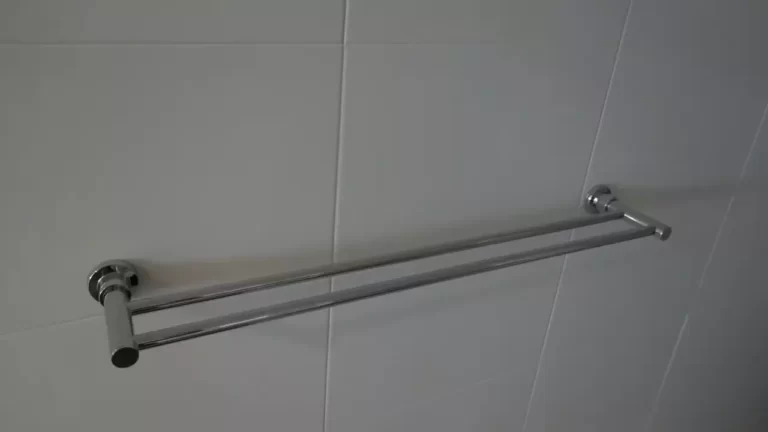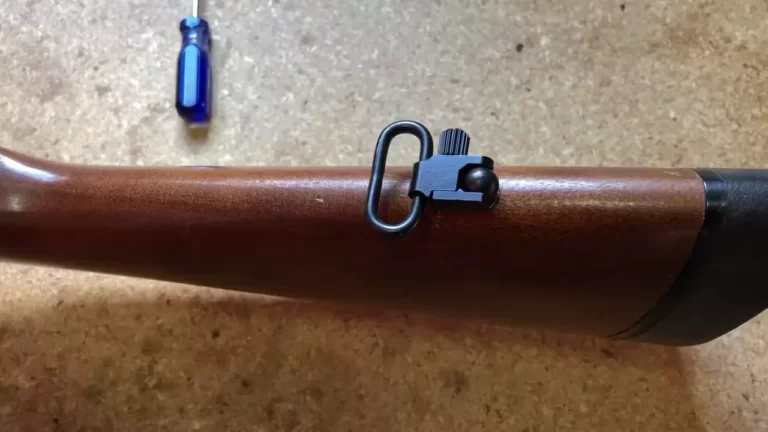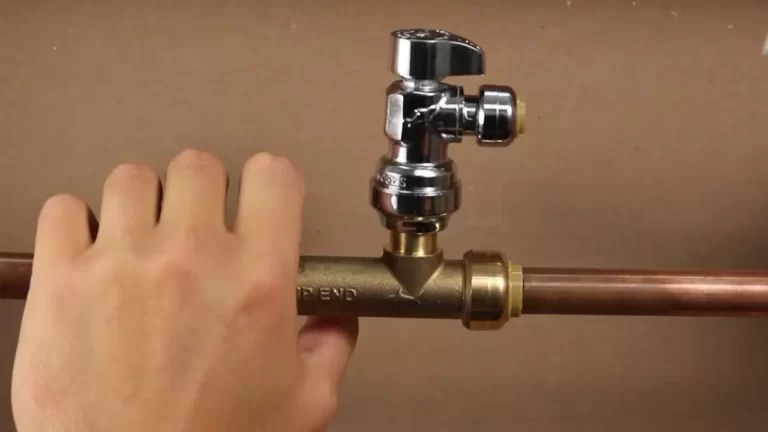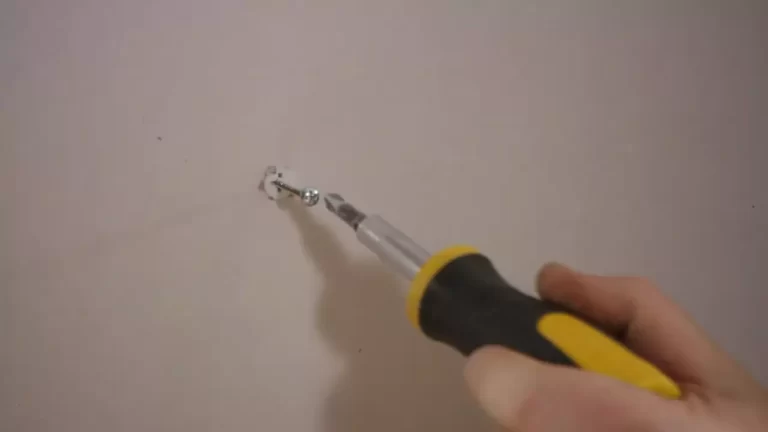How to Install a Toggle Anchor?
Toggle anchors are installed by drilling a hole, inserting the anchor, and tightening the screw. Proper installation ensures a secure anchor point for heavy objects in drywall.
Now, let’s dive into the step-by-step process of installing a toggle anchor.
Factors To Consider When Selecting A Toggle Anchor
When it comes to installing a toggle anchor, there are several factors you should consider to ensure a secure and successful installation. These factors include weight capacity, wall material compatibility, installation difficulty, and size and length options. By carefully considering these factors, you can select the right toggle anchor for your specific needs.
Weight Capacity
The weight capacity of a toggle anchor is crucial, as it determines how much weight the anchor can support. When selecting a toggle anchor, it is essential to consider the weight of the object you plan to hang on the wall. Make sure to choose an anchor that has a weight capacity higher than the weight of the object to ensure it provides adequate support. Additionally, keep in mind that the weight capacity may vary depending on the size and type of toggle anchor.
Wall Material Compatibility
Another important factor to consider is the compatibility of the toggle anchor with the wall material. Different wall materials require different types of anchors. For example, if you have a drywall, you will need a toggle anchor specifically designed for drywall installations. On the other hand, if you have a concrete or brick wall, you will need a toggle anchor suitable for these materials. It is crucial to select an anchor that is compatible with your wall material to ensure a secure and reliable installation.
Installation Difficulty
The installation difficulty of a toggle anchor can vary depending on the type and brand you choose. Some toggle anchors require more complex installation processes, while others are simpler and more user-friendly. If you are a beginner or prefer a hassle-free installation, you may want to opt for toggle anchors that are known for their ease of installation. On the other hand, if you have experience or are willing to put in the extra effort, you may choose toggle anchors that offer more advanced installation options.
Size and Length Options
The size and length of the toggle anchor are also crucial factors to consider. The size should be chosen according to the size of the object you plan to hang, while the length should be selected based on the thickness of your wall. Some toggle anchors are available in different size and length options, providing you with more flexibility in your installation. Choosing the right size and length will help ensure that the toggle anchor fits securely in the wall and properly supports the object you want to hang.

Necessary Equipment For Installing A Toggle Anchor
When it comes to installing a toggle anchor, having the right equipment is essential to ensure a secure and reliable installation. This article will guide you through the necessary tools you will need to complete the job effectively. Read on to discover the key tools that will make your toggle anchor installation a breeze.
Drill
A drill is an indispensable tool when it comes to installing a toggle anchor. It allows you to create the necessary pilot hole in the wall or ceiling, providing a solid and sturdy foundation for the anchor. Make sure you have a power drill with a suitable drill bit that matches the size of the toggle anchor you intend to install.
Toggle Anchor Kit
A toggle anchor kit is a convenient package that comes with various sizes and types of toggle anchors. These kits usually include a range of anchors suitable for different wall materials, such as drywall, plaster, or concrete. Having a kit on hand ensures that you have the right type of anchor for your specific installation needs.
Screwdriver
A screwdriver is a basic tool that is often needed to tighten the screws that secure the toggle anchor in place. Depending on the type of toggle anchor you are using, you may need a flathead or Phillips screwdriver. Ensure that you have the appropriate screwdriver size and type to complete the installation properly.
Pencil
A simple pencil is a handy tool that can assist you in marking the exact spot where you want to install the toggle anchor. It allows you to make precise measurements and ensure the anchor is placed in the desired location with accuracy. Keep a pencil nearby to mark your anchor placement before drilling.
Measuring Tape
A measuring tape is an essential tool for any DIY project, and installing a toggle anchor is no exception. Whether you need to measure the distance between multiple anchor points or ensure equal spacing, a measuring tape will help you achieve accurate results. Make sure you have a measuring tape with clear and easy-to-read markings for precise measurements.
Installing A Toggle Anchor In 7 Easy Steps
Installing a toggle anchor is a simple and effective way to securely hang objects on walls. Whether you want to install a shelf, hang a mirror, or mount a TV, toggle anchors provide the necessary support to keep your items in place. In this blog post, we will guide you through the process of installing a toggle anchor in seven easy steps. By following these steps, you can ensure that your toggle anchor is properly installed and ready to support your desired objects. So, let’s get started!
Step 1: Marking the Location
The first step in installing a toggle anchor is to mark the location where you want to hang your object. Use a pencil or a marker to make a small dot on the wall, indicating where the anchor will go. Ensure that the location is level and at the right height for your object.
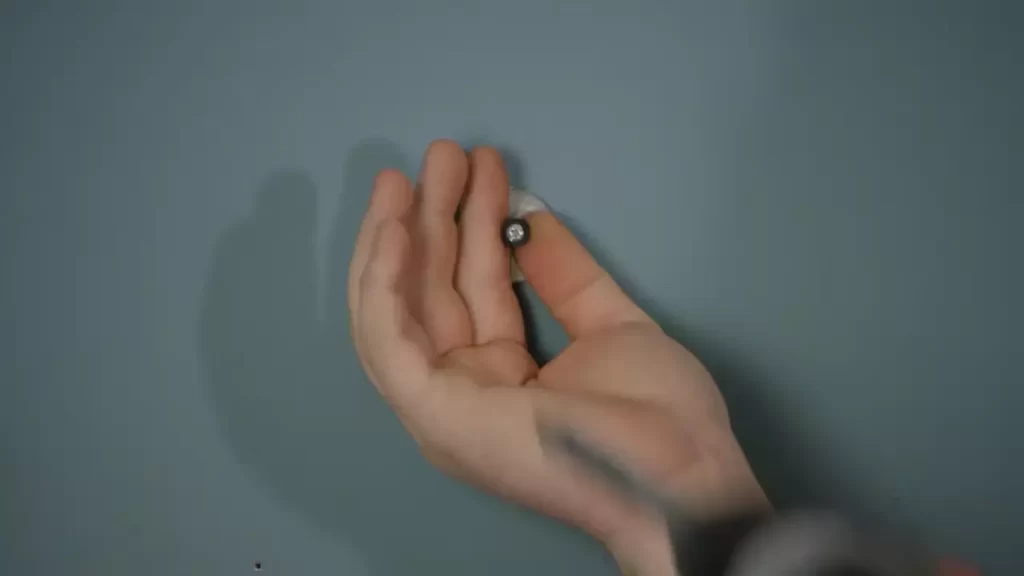
Step 2: Pre-Drilling the Hole
Once you have marked the location, it’s time to pre-drill the hole. Using an electric drill with the appropriate drill bit, make a hole in the wall at the marked spot. The size of the hole should be slightly smaller than the size of the toggle anchor you are using. This will ensure a tight fit and proper installation.
Step 3: Inserting the Toggle Anchor
With the hole drilled, it’s time to insert the toggle anchor. Take the anchor and insert it into the hole, pushing it in until it is flush against the wall. Make sure the toggle arm is folded back against the body of the anchor, as this will make it easier to insert and secure.
Step 4: Folding the Toggle Arms
To properly secure the toggle anchor, you will need to fold the toggle arms. Grasp the toggle arms and fold them back against the body of the anchor. This will allow the anchor to expand and provide the necessary support once the screw is tightened.
Step 5: Inserting the Screw
Now, it’s time to insert the screw into the toggle anchor. Take your screw and thread it through the hole in the object you want to hang. Align the screw with the hole in the toggle anchor and begin to tighten it using a screwdriver or drill. As you tighten the screw, the toggle arms will expand against the wall, providing a secure hold.
Step 6: Tightening the Screw
Continue tightening the screw until it is snug against the wall. Be careful not to overtighten, as this could strip the anchor or damage the wall. Ensure that the object you are hanging is stable and secure before moving on to the next step.
Step 7: Testing the Toggle Anchor
The last step is to test the toggle anchor to ensure that it is securely in place. Gently tug on the object you have hung to see if the anchor holds. If it feels loose or unstable, you may need to tighten the screw further or consider using a larger toggle anchor for added support. Once you are satisfied with the stability of the anchor, you can confidently enjoy your newly hung object.
Installing a toggle anchor is a straightforward process that anyone can do with a little patience and the right tools. By following these seven easy steps, you can ensure that your toggle anchor is properly installed and ready to support your objects. So go ahead and tackle that DIY project with confidence, knowing that your items will stay securely on the wall.
Common Problems And Solutions For Toggle Anchor Installation
When it comes to installing toggle anchors, there can be some common problems that arise. However, with a little know-how and the right approach, these issues can easily be resolved. In this section, we will discuss some of the most common problems encountered during toggle anchor installation and provide practical solutions to overcome them.
Toggle Anchor Spinning in Wall
One of the common problems faced during toggle anchor installation is when the anchor starts spinning in the wall instead of tightening. This usually happens when the hole in the wall is too large for the anchor. The solution to this problem is simple:
- Remove the anchor from the wall by unscrewing it counterclockwise.
- Fill the hole with a wooden dowel or a toothpick coated in wood glue.
- Let the wood glue dry completely before proceeding.
- Redrill a smaller hole in the wall using the appropriate drill bit size for your toggle anchor.
- Insert the anchor into the new hole and tighten it clockwise until secure.

Toggle Anchor Not Holding
Another common issue is when the toggle anchor fails to hold securely in the wall. This can be caused by various factors, such as insufficient weight capacity or improper installation. Here’s what you can do to address this problem:
- Check the weight capacity of the toggle anchor and ensure it is suitable for the object you are hanging.
- If the weight capacity is sufficient, remove the anchor and inspect the hole in the wall.
- Ensure that the hole is clean and free from any debris that may hinder the anchor’s grip.
- Consider using a larger toggle anchor or using multiple anchors for added stability.
- Reinstall the toggle anchor following the manufacturer’s instructions, making sure to tighten it securely.
Toggle Anchor Breaking Wall Material
In some cases, toggle anchors can impose excessive stress on the wall material, causing it to break or crack. To prevent this from happening, follow these steps:
- Inspect the wall material for any existing weaknesses, cracks, or vulnerabilities.
- Consider reinforcing the area around the installation point with a small piece of plywood or plastic anchor plate.
- Choose a toggle anchor with a larger surface area to distribute the weight more evenly.
- Reposition the installation point if necessary to avoid weaker sections of the wall.
- Ensure that the toggle anchor is securely tightened, but avoid excessive force that could damage the wall material.
Screw Not Tightening Properly
If you encounter difficulty while tightening the screw into the toggle anchor, try the following solutions:
- Check if the screw is the correct size and type for the toggle anchor.
- Inspect the screw for any damage or defects that may hinder proper tightening.
- Ensure that you are applying sufficient force while turning the screw, but avoid overtightening that could strip the threads.
- If necessary, replace the screw with a new one of the same size and type.
- Consider using a screwdriver or drill with variable speed and torque settings for better control.
By addressing these common problems and applying the appropriate solutions, you can successfully install toggle anchors with confidence. Remember to always read and follow the instructions provided by the manufacturer to ensure proper installation and maximize the anchor’s performance.
Importance Of Proper Toggle Anchor Installation
Proper installation of toggle anchors is imperative to ensure reliable and secure mounting of heavy objects on your walls. A toggle anchor is a type of wall anchor that provides superior holding power by expanding behind the drywall. It is commonly used to hang items such as shelves, mirrors, cabinets, and artworks. By following the right installation procedures, you can enhance the stability of your mounted objects and prevent any potential damage to the wall.
Ensuring Strong and Secure Mounting
When installing toggle anchors, it is crucial to ensure strong and secure mounting. This involves properly selecting the right type and size of toggle anchor based on the weight of the object you intend to hang. It is recommended to choose a toggle anchor that can support a weight greater than that of the object. By doing so, you can minimize the risk of the anchor breaking or pulling out of the wall, resulting in damage or accidents.
Avoiding Damage to the Wall
Another important aspect of proper toggle anchor installation is to avoid causing damage to the wall. Before drilling any holes, it is essential to locate the studs or use a stud finder to determine the optimal placement for the anchors. This ensures that the anchor is anchored into the stud or provides sufficient support to hold the weight. Additionally, drilling the hole at the right size is crucial to prevent the anchor from being too loose or too tight. An improperly sized hole can lead to weakened stability and potential damage to the wall.
Increasing the Lifespan of the Toggle Anchor
Proper toggle anchor installation can also help increase the lifespan of the toggle anchor itself. By following the manufacturer’s instructions and guidelines, you can ensure that the anchor is used correctly and not subjected to unnecessary stress or strain. This includes using the designated installation tools, tightening the anchor properly, and avoiding excessive weight or force on the anchor. These practices help maintain the integrity of the toggle anchor and ensure its long-term durability.
Frequently Asked Questions For How To Install A Toggle Anchor
How Do You Use A Toggle Anchor?
To use a toggle anchor, start by drilling a hole in the wall. Insert the toggle anchor and tighten it using a screwdriver. Then, insert the screw into the anchor and tighten it until secure. Finally, hang your desired object on the screw.
What Is A Toggle Anchor Used For?
A toggle anchor is used to securely mount heavy objects onto drywall or other hollow surfaces. It provides extra support and prevents the object from pulling out of the wall. Toggle anchors are commonly used for installing shelves, curtain rods, or hanging wall decor.
What Are The Advantages Of Using Toggle Anchors?
Toggle anchors offer several advantages. They can hold significantly more weight compared to traditional wall anchors. They distribute the load over a larger area, reducing the risk of damage to the wall. Toggle anchors are also adjustable and can be easily removed without leaving large holes.
Conclusion
To sum up, installing a toggle anchor can be a straightforward process when you follow the right steps. By choosing the appropriate toggle anchor and ensuring proper placement, you can secure heavy items with ease. Remember to carefully assess the weight and material of the object you are anchoring to avoid any mishaps.
With this guide, you are now equipped with the knowledge to confidently tackle any toggle anchor installation project. So, go ahead and make your walls sturdy and secure!


